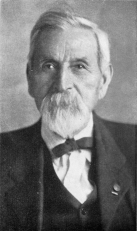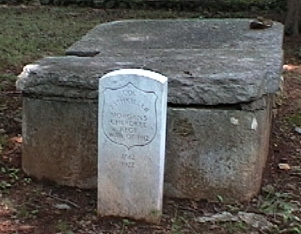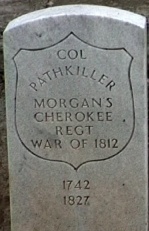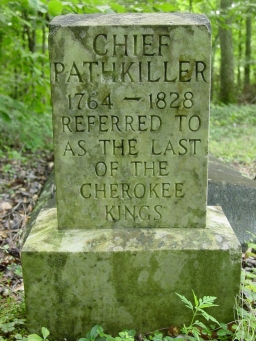New Echota, Gordon County, northwest Georgia & Centre, Cherokee County, northeast Alabama
tomb 1:
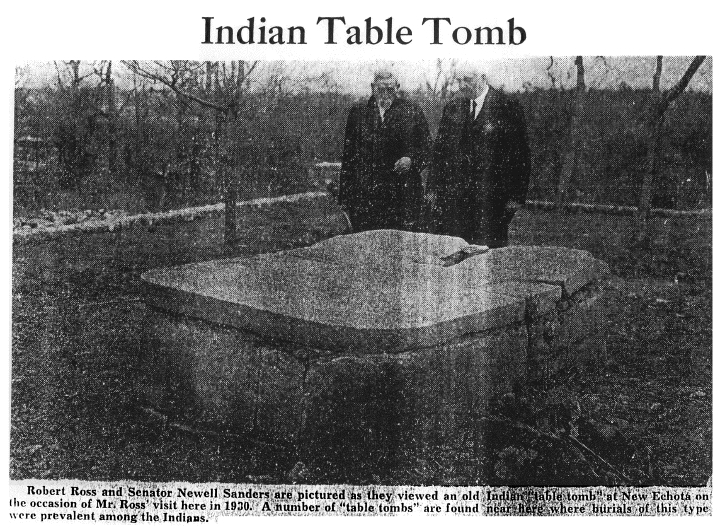
Indian Table Tomb
- clipping from the files of the Chattanooga-Hamilton County Bicentennial
|
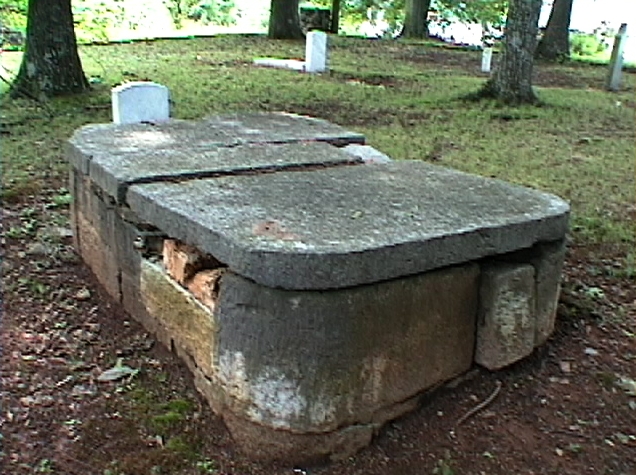
"Pathkiller's tomb"
New Echota, june 2001
[ "Path Killer" actually served as a colonel from |
[ age 85 ] |
tomb 2:
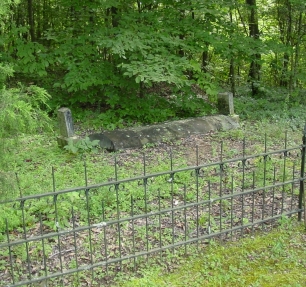
|
in the woods just outside the fenced and well-maintained Garrett family cemetery, next to the Coosa River, in the town of Centre, Cherokee County, northeast Alabama
there are three (3) stones in all:
2. the seven-foot-long domed cement grave liner lid with four iron handles set in it resting on the ground like a ledger stone.
3. a presumed footstone and plinth on the east side
[ age 64 ]
all stones are aligned to the east according to
- Mrs. Frank Ross Stewart, Cherokee County History 1836-1956, Volume 1 (Centre, Alabama 1958) p 206
[ re. "Hugh Cardon" -- two are buried in Garrett Cemetery:
[ "Frequent references by missionaries to Path Killer as "The King" indicate a probane tendency on the part of some Indians to regard the Principal Chief as a tribal rather than a republican leader. PATHKILLER Presumably Path Killer represented conservatism in a day of rising liberalism. It seems likely that more and more of the progressive younger men, usually mixed-breeds, came to dominate Committee and Council sessions. The rise of Charles Hicks, John Ross, and George Lowrey offers good examples of this development. - Henry T. Malone, Cherokees of the Old South (University of Georgia Press: Athens 1956) pp 82-84 ]
[ " King Pathkiller, Supreme Chief of the Cherokee Indians. " |
Ancient Cherokee Kings
Ancient Cherokee Rulers
|
Chief of Turkey Town USA Colonel in the War Against the Creeks Principal Chief of the Cherokee Nation, 1808-1810, 1811/1817 - 1827
Turkey Town - Gun'-di'ga-duhun'yi - "turkey settlement", the largest of all Cherokee settlements, named for the original chief of the settlement, Turkey or Little Turkey, principal chief, 1788 - 1804.
"During the Creek War, Pathkiller was chief of Turkeytown and principal chief of the Cherokee Nation. In October 1813, Turkeytown was in danger of being attacked by the Red Sticks, a hostile faction of the Creek Indians. Pathkiller sent runners to Andrew Jackson's army in the north with a plea for help. Jackson responded by ordering a detachment led by General James White, which included many Cherokee soldiers, to relieve the town. [the Battle of Horseshoe Bend occurred on 27 March 27 1814.] |
"The Turkeytown Ceremonial Grounds are located north of Gadsden [NE Alabama], at the site of the original Cherokee settlement of Turkeytown. Located at the site is a well dating from 1810 or 1811, when Turkeytown was the largest of all Cherokee settlements. At that time, the village stretched for twenty to thirty miles along both banks of the Coosa River. Pathkiller was chief of Turkeytown and a principal chief of the Cherokee Nation. When Pathkiller died in 1827, John Ridge, son of Major Ridge, served as executor of Pathkiller's estate, which included a ferry on the Alabama Road at the Coosa River in Turkeytown. Ridge bought the ferry from the Pathkiller heirs, as well as property on either side of the river. The property included one hundred acres of cleared land, most of which was bottom land, a peach and apple orchard, a large house, and several outbuildings including slave quarters. Much of Turkeytown and Pathkiller's estate are now underwater. Pathkiller's grave is reportedly located at the Garrett Cemetery on a high bluff overlooking the Coosa River. However, a headstone with Pathkiller's name on it has also been placed at the cemetery at New Echota, Georgia. The Turkeytown Ceremonial Grounds opened August 1993. ..." p 354-355
- Vicki Rozema, Footsteps of the Cherokees: a guide to the Eastern homelands of the Cherokee Nation (John F. Blair: Winston-Salem NC 1995) |
and because it's a good read, with a good quote about Pathkiller, see Wilma A. Dunaway's
Rethinking Cherokee Acculturation: women's resistance to agrarian capitalism and cultural change, 1800-1838,
in American Indian Culture and Research Journal 21 (Spring 1997).
modern pics:
1
2
3
4
5
6
7
8
9
10
11
12
13
14
15
16
17
18
19
20
21
22
23
24
25
